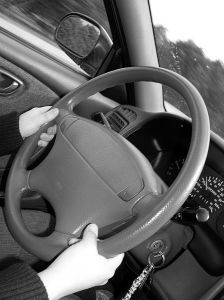Drowsy driving is associated with an estimated 100,000 vehicle collisions per year in the United States. The National Highway Traffic Safety Administration reports that approximately 71,000 injuries and 1,500 fatalities annually are caused by drivers falling asleep at the wheel. In 1997, Washington state proposed a bill allowing a driver who causes a fatal accident due to falling asleep behind the wheel, to be charged with ‘sleeping-driver homicide’ as a gross misdemeanor. Although that particular bill failed, other similar bills have since passed. Particularly in the past five years, with the dangers of distracted driving in the spotlight, the issue of fatigued driving has been resurrected.
Current Fatigued Driving Laws Across the Country
Although many states penalize drowsy driving, it usually falls under general, unsafe driving laws, such as reckless driving. However, two states have specific ‘drowsy driving’ laws – New Jersey and Arkansas. New Jersey’s legislation considers anyone who has been driving without sleep for 24 hours to be driving recklessly, the same classification given to driving under the influence. Arkansas has a similar law. Parallel to Washington’s 1997 proposal, Arkansas legally considers fatigued driving to be negligent homicide, a Class A misdemeanor. New York has similar laws pending. Continue reading
 Boston Car Accident Lawyer Blog
Boston Car Accident Lawyer Blog


 What’s appealing about this new software is that it is automatically activated when a phone is linked wirelessly with a car’s Bluetooth device. The application can also be configured by the user to automatically send out a reply text message that says “I’m driving.” Though the feature will minimize the amount of distractions by blocking calls and texts, it will not be able to block outgoing calls or text messages.
What’s appealing about this new software is that it is automatically activated when a phone is linked wirelessly with a car’s Bluetooth device. The application can also be configured by the user to automatically send out a reply text message that says “I’m driving.” Though the feature will minimize the amount of distractions by blocking calls and texts, it will not be able to block outgoing calls or text messages. 






